
In my hot, dry corner of the Ozarks, any plant that can hold its own during a 14-day stretch of 100-plus degrees, no rain, and full, blazing sun, is one that has earned its place in my garden. There are a lot of plants that DON’T make that cut (as I sigh with disappointment at the eggplants yet again), but somehow, a few plants do.
Moss Rose, also called Portulaca, is one of those tough-as-nails plants. It has succulent stems that can hold water, a low-growing profile, and disproportionately large, rose-like blooms that can turn the most drought-beleaguered frown upside-down. I couldn’t imagine a summer without it.
Whether you adore these blooms or have never heard of them before, let’s take a moment to consider how to grow, enjoy, and harvest seeds from Moss Rose.
What Is Moss Rose?

Not a moss, neither is it a rose, the Moss Rose I have pictured here is botanically known as Portulaca grandiflora. It’s a low growing, succulent-stemmed annual that is often referred to as Portulaca in flower catalogs. If foragers find that name familiar, it’s because it is closely related to a prime wild edible, Purslane (Portulaca oleracea).
Originally from arid regions in Southern Brazil, Argentina, and Paraguay, this cheery little plant does well in zones 2 to 11. And here’s a not-so secret: Gardeners in balmy zones 9 to 11 can enjoy it as a perennial, too.
Domesticated forms of Portulaca oleracea, Portulaca umbraticola, and Portulaca grandiflora are all sold as “Moss Rose” with differences in leaf shape being the real distinction that’s immediately noticeable between them. It seems that the botanical name of each cultivar is sometimes sloppily applied by seed houses, as I’ve seen the same cultivar be given any of those three Latin names. In this article, I’m mainly talking about the cultivar commonly named “Moss Rose” (P. grandiflora).
But if you’re just wanting pretty blooms in the heat, it doesn’t matter what genus you get. When you have anything in the Portulaca genus, you’re likely going to get heat-tolerant, drought-tolerant, big blooming plants that will grow in full sun with little drama. They form a dense mat that is perfect for the edges of rock gardens or nestled between cracks of big stones. They’ll never grow tall, so make sure you plant them where they’ll be appreciated.
I like to plant mine in hanging baskets or along the edges of all the gardens I can secret them into. Seeing those cheery, colorful blooms, especially in the middle of a droughty heat-wave, always makes me smile.
How to Grow Moss Rose

Moss Rose can be started indoors eight weeks before your last frost date if you want to get a jump start on blooms, but since I have a long growing season in the Ozarks, I usually just direct-sow the tiny seeds after my last frost date. Average, well-draining soil is best for these plants, and full sunlight is a must if you want the bounteous blooms they are known for.

The seeds need to be surface-sown with access to light in order to germinate. The sprouts are initially very tiny little things, so don’t be overzealous on weeding or mulching until they’ve emerged and you’ve seen what they look like.
Moss Rose needs no fertilization or fancy treatment. It will even resent being over watered, so only water it if you’re in a super dry spell and everything out there — including your Moss Rose — shows signs of wilting. For most of you, that will probably never happen. What you will get are waves upon waves of cheery blooms that never stop until frost.
How to Save Moss Rose Seeds

Moss Rose flowers are short-lived, but they make up for that in their abundance. This is good news for the seed-saver, as short-lived flowers mean your seed harvest is soon coming.
That said, of the 100-plus species of seeds I save every year, these are (without a doubt) some of the itty-bittiest seeds I have ever dealt with. Smaller than a poppy seed. It seems impossible to think that the tiny, shiny-silver bits hold life inside them.

And yet, they do miraculously hold life, and with a trove of these shiny beauties, you’ll always have blooms just a season away.

Gathering Moss Rose seeds is a somewhat fiddly affair, as you’ll need to watch for when the capsules are ripe enough to pop open. When they are, place a bowl or cup beneath the plant to catch as many seeds as you can. Alternatively, you might try to gently pluck the entire, unopened seed capsule from the plant, but keep in mind this can only happen if it’s entirely dry and hasn’t popped open on its own. I collect an assortment of seeds and capsules through the growing season, piling them up in a small bowl until I feel that I have enough for next year.

Once the seeds have been collected, empty any capsules that you’ve gleaned and spread the seeds out in an even layer to fully dry. Make sure that your drying area is as draft-free as possible; otherwise, an errant breeze might blow the tiny seed harvest into oblivion. Although the seeds are small, you should still allow them about a week’s worth of time to fully dry before you put them into storage.
And of course, if you find a friend who is interested in growing a tiny plant with a big display, you can always share from your cache of future beauty. Seeds offer themselves abundantly, and I always take that as a clue they are meant to be shared between gardeners.
If any of you grow any of the various Portulaca varieties, let us know about your favorites in the comments below. Also, I would be grateful if anyone has found a reliable source for what species each cultivar actually is. As important and useful as scientific names are, you’d be amazed at how recklessly they can be applied!
I hope this brief glimpse at one of my favorite flowers has given you something to dream about as we enter the cold, wet, nongardening season. Maybe it can become one of your favorites as well.



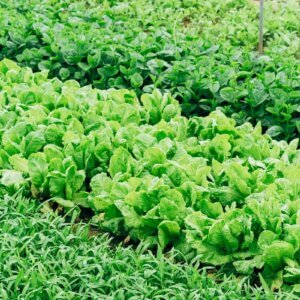



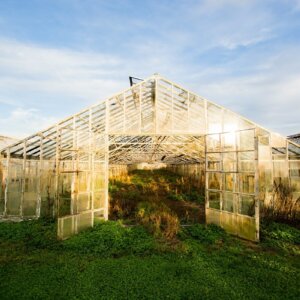



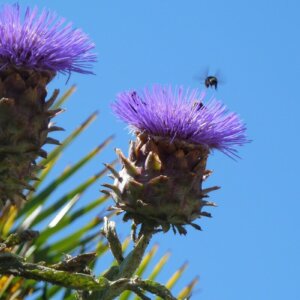




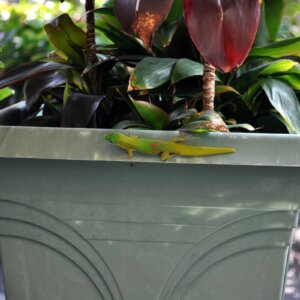
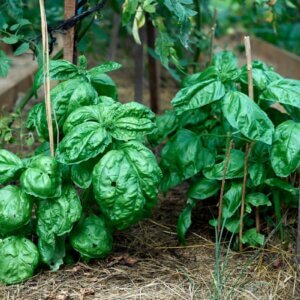








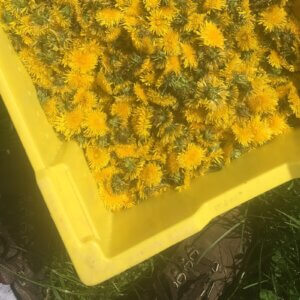



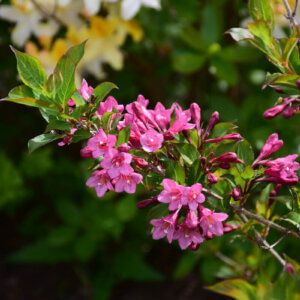







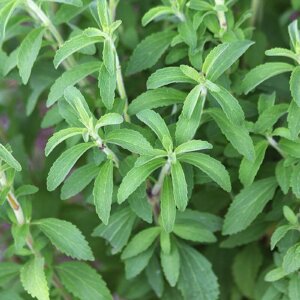



Leave a Reply